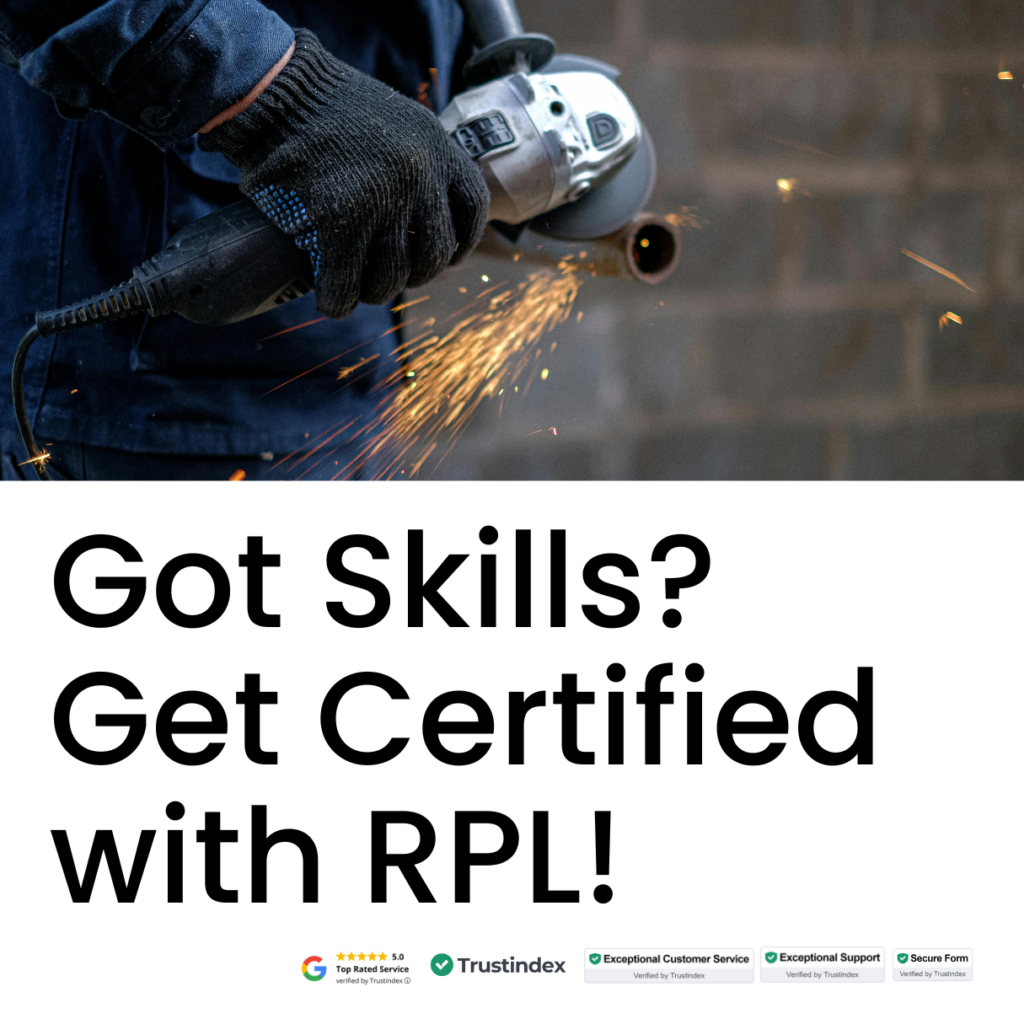Building a compelling Recognition of Prior Learning (RPL) evidence portfolio is key to a successful application. A well-prepared portfolio not only proves your skills and experience but also impresses assessors, increasing your chances of quick approval.
This blog provides practical tips to help you create an RPL evidence portfolio that truly stands out.
1. Understand the Qualification Requirements
Before gathering evidence, thoroughly review the qualification’s competency standards. Your portfolio should demonstrate how your skills and experience meet these requirements.
Need help understanding competencies? Check: RPL Evidence: What Assessors Need to See.
2. Use a Clear and Logical Structure
Organise your portfolio logically:
- Include a table of contents.
- Group evidence by competency units or themes.
- Label documents clearly with titles and dates.
- Use sections and headings for easy navigation.
For organisation tips, see: The Ultimate Checklist for Building Your RPL Portfolio.
3. Include Diverse and Relevant Evidence
Provide a mix of evidence types:
- Direct evidence: Work samples, project reports, assessments.
- Indirect evidence: Reference letters, training certificates.
- Supplementary evidence: Reflective statements, photos, or videos.
A diverse portfolio shows a well-rounded skill set.
Learn more about evidence types in: How to Gather and Submit RPL Evidence for Maximum Impact.
4. Provide Context and Explanations
Don’t just submit documents, explain their relevance. Briefly describe:
- What the evidence is.
- Your role and responsibilities.
- How does it demonstrate the required skills or competencies?
- Outcomes or achievements tied to the evidence.
For tips on writing effective explanations, visit: Mastering RPL Evidence: Types, Rules, and Submission Tips.
5. Keep It Professional and Error-Free
Your portfolio reflects your professionalism:
- Use clear, consistent formatting.
- Ensure documents are legible and complete.
- Proofread all written sections carefully.
- Avoid typos or formatting inconsistencies.
6. Address Any Gaps Thoughtfully
If certain competencies lack direct evidence, provide supplementary materials like reflective statements or detailed explanations. Be honest about any gaps and how you plan to address them.
7. Review and Update Regularly
Before submitting, review your portfolio thoroughly. Update it regularly as you gain more experience or complete additional training.
Final Thoughts
A standout RPL portfolio demonstrates your competencies with organised, relevant, and well-explained evidence. Preparing it carefully can streamline your assessment and speed up qualification.
Start building your portfolio confidently with STUDYIN’s Free 40-Second RPL Skill Assessment and expert guidance.









